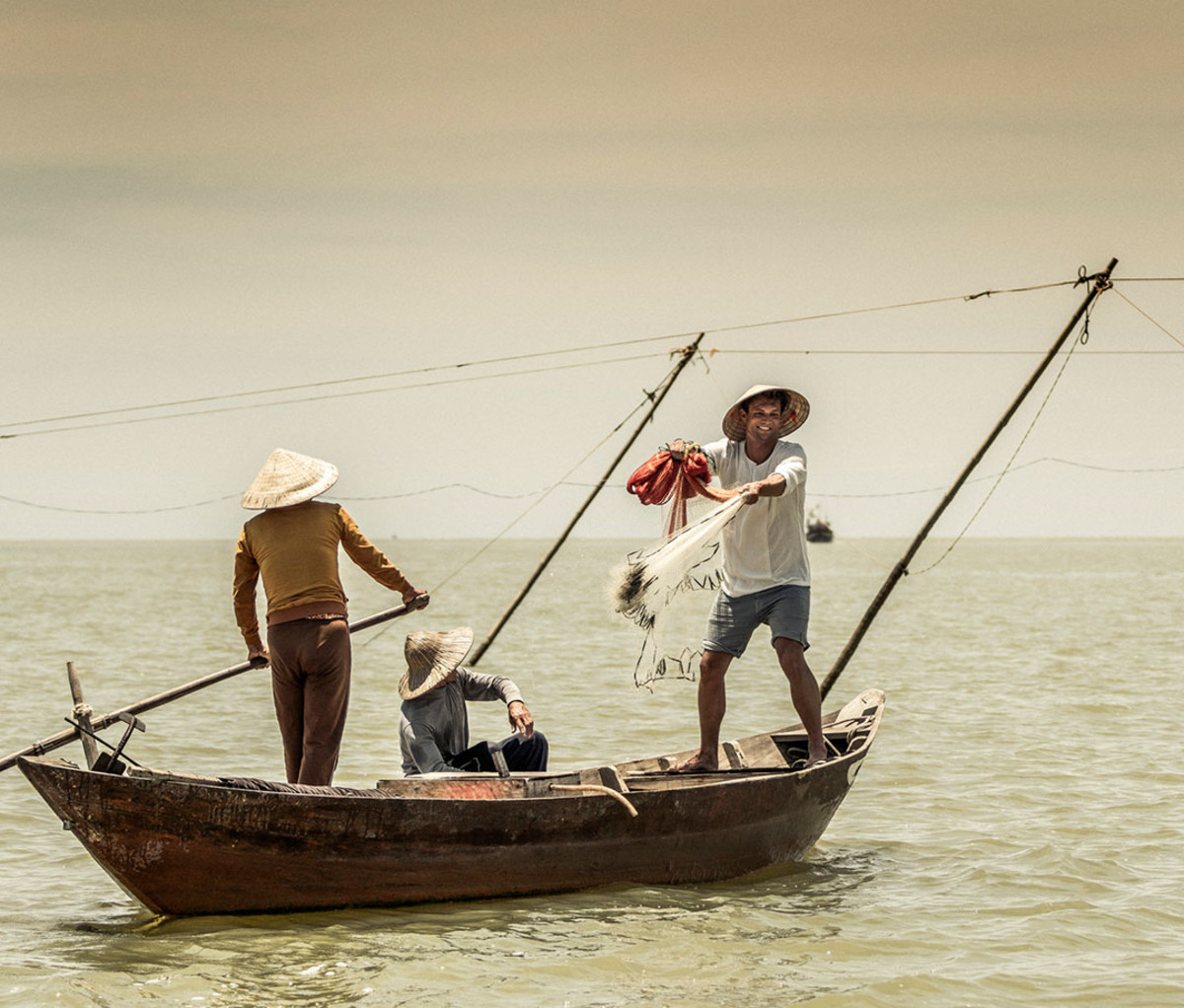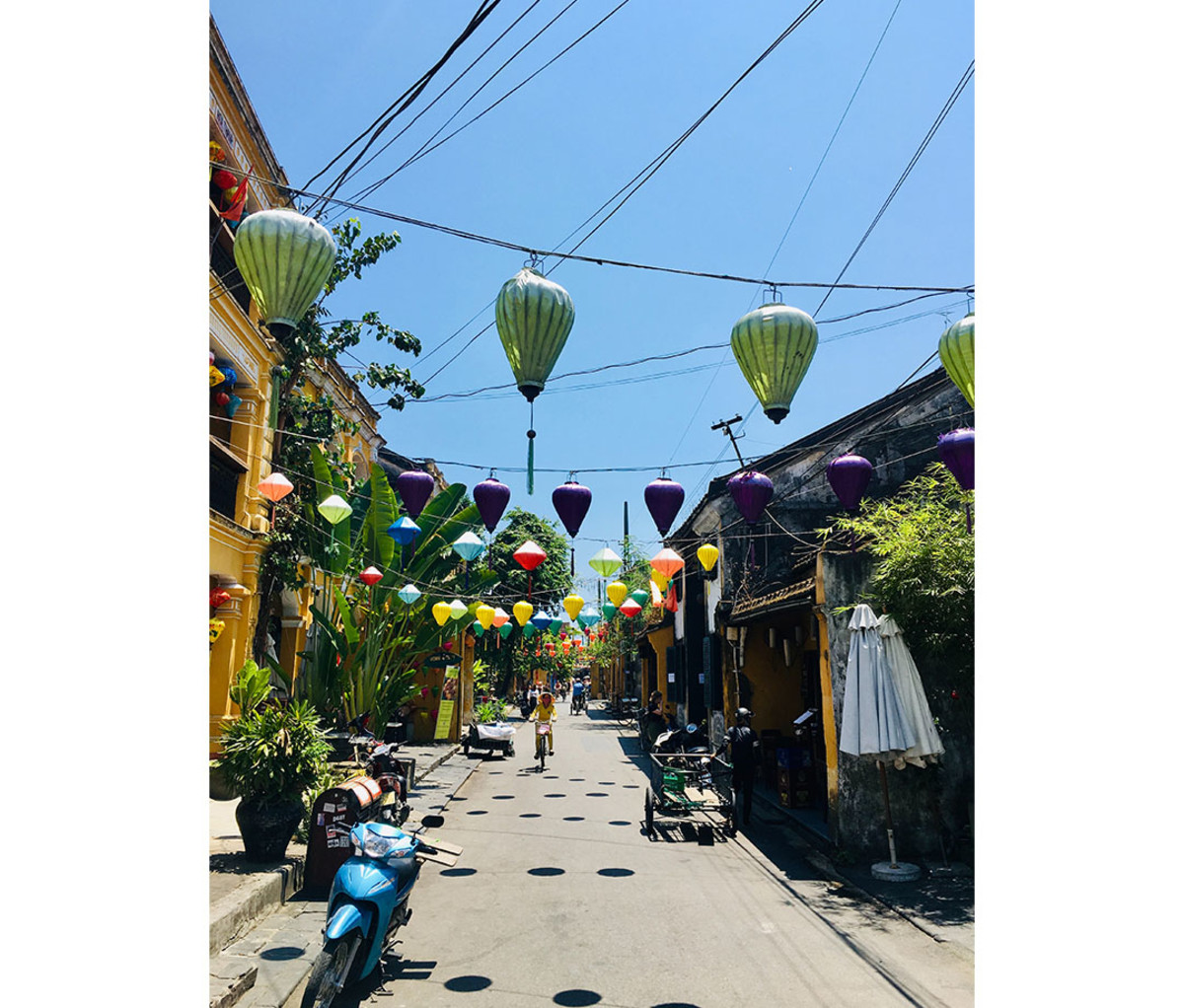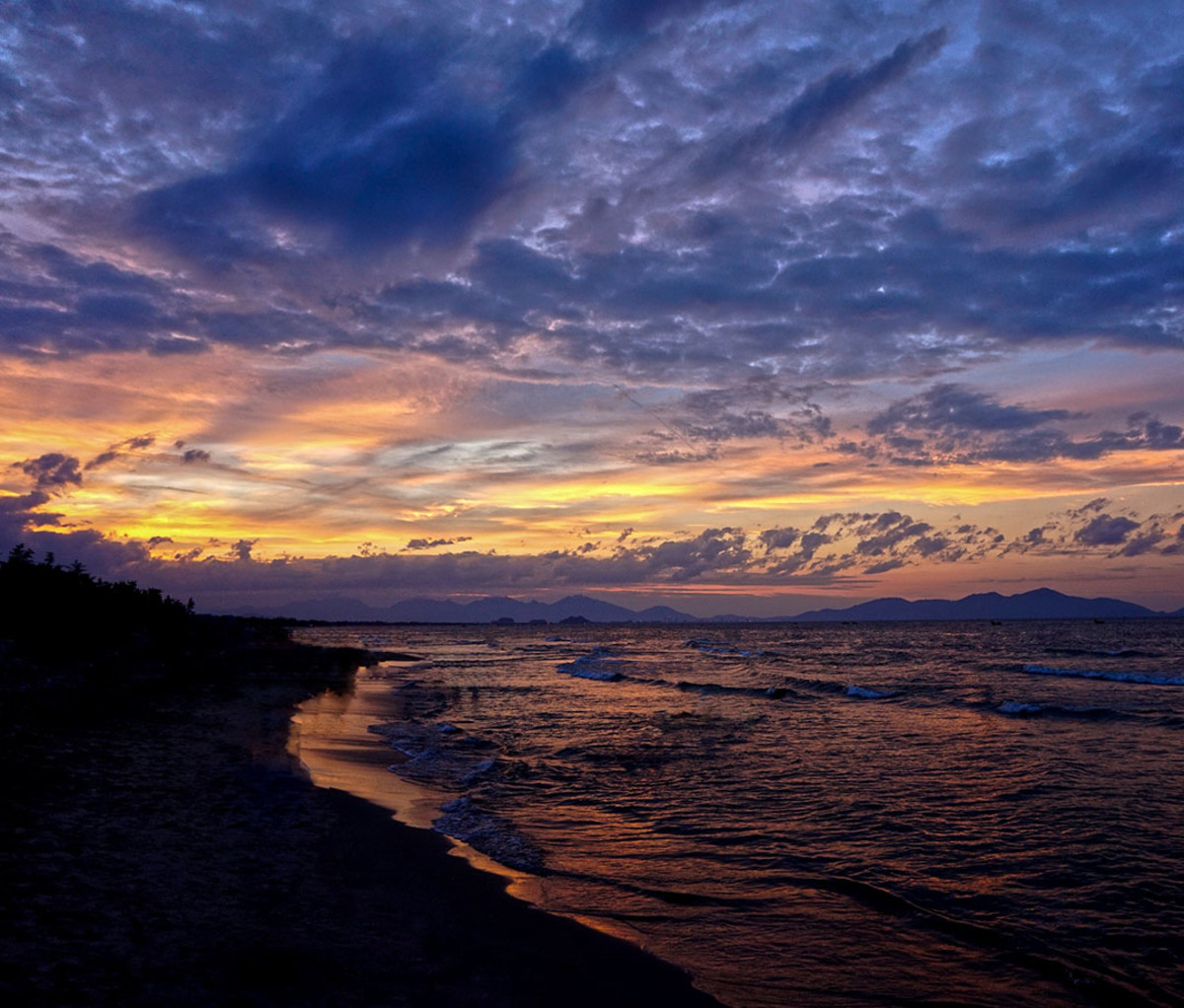While most people visiting Vietnam opt for Hanoi and Ho Chi Minh, we recommend bypassing the throngs of tourists in favor of Hoi An. Located on the country’s central coast, this well-preserved 17th-century port city is rich with culture (its Old Town was deemed a UNESCO World Heritage Site in 1999), white sand beaches, a mouthwatering culinary scene, and best of all, an incredibly warm and welcoming community.
Though the climate year-round is tropical and humid, you’ll find a bit of relief in March and April—along with fewer crowds, too. As for how to get to Hoi An, you’ll want to fly into Da Nang International Airport. Although the airport is small, many Asia-based airlines (including Vietnam Airlines, Korean Air, and Hong Kong Express Airways) offer regular and relatively affordable flights there.
Here’s our guide on how to have the ultimate long weekend in Hoi An.

Where to Stay in Hoi An
There’s no shortage of bold-faced accommodations in the area, but the best spot to call home base is Four Seasons The Nam Hai. Perched on a serene stretch of Hoi An Beach, the resort encompasses 86 lush acres, yet maintains a hushed, intimate feel. Rather than rooms, guests retreat to airy villas, all sumptuously appointed with outdoor showers, spacious patios, and dreamy platform beds.
Thursday Night
Since you’ll probably be exhausted upon arrival from traveling, stay put for the night to take advantage of the resort’s amenities. First, pay a visit to The Heart of the Earth Spa, where eight private treatment pavilions seem to float on a koi-filled pond. Instead of pampering—which there’s no shortage of here—the spa is focused squarely on wellness. The signature 150-minute Nam Hai Earth Song treatment helps restore body and mind with a cleansing smoke ritual, deep pressure massage, and immersive sound bath.
After hitting your reset button, head to La Sen, one of the resort’s restaurants, for some traditional Vietnamese hot pot (Lẩu). Offered on Thursday nights, this interactive, family-style meal gives you the chance to cook assorted proteins, vegetables, and starches table-side in a bubbling broth.

Friday Morning
Jet lag have you up at the crack of dawn? No problem: book a Hoi An Sunrise Cruise Tour. The three-hour excursion commences at 5 a.m., and gives you an up-close look at local fishing culture and its prominent role in the community. Where the Thu Bon River meets the Cua Dai Sea, watch fishermen catch the freshest seafood and try your hand at paddling a Vietnamese bamboo basket boat. (Though all the guides are terrific, locals highly recommend Lilly—ask for her.)
Friday Afternoon
Unlike the touristy sister cities of Hanoi and Ho Chi Minh, Hoi An’s Old Town is blissfully easy to navigate on foot, and not nearly as crowded (in fact, many streets are reserved for just pedestrians). And because the port town was frequented by the Chinese, Japanese, Portuguese, and French, you’ll pick up on a range of cultural influences in local architecture and attractions, such as the Old House of Tan Ky Japanese Covered Bridge, and Quan Cong Temple.
To see how locals shop for everyday food, check out Central Market. Situated riverside, it’s bustling with vendors doling out everything from pristine seafood to fresh handmade noodles. And because Hoi An was a trading port on the old silk route, the town brims with tailors who can custom make—sometimes in as little as 24 hours—any kind of garment, from button-down shirts to suits. Bargaining is the norm here, so don’t settle for the initial price.
For lunch, try a banh mi from Bánh Mì Phượng. A favorite of the late Anthony Bourdain, the hearty baguette sandwich is stuffed with pork, pâté, herbs, and pickled vegetables. Don’t be put off by long lines, as they move quickly. Just order yours to go, and enjoy it while exploring town.

Eating locally doesn’t get more authentic (or more fun) than the Streets & Eats of Hoi An. For four hours, your guides will you zip you around town on Vespas to some of the destination’s best street foods—all of which are paired with cold beer. Among the stops is White Rose Restaurant, which specializes in the namesake dumplings unique to the city. (Imagine delicate rice flour purses resembling flowers, filled with pork or shrimp, then topped with crispy shallots.) The excursion ends on a sweet note with Banh Flan, a Vietnamese spin on crème caramel.
Saturday Morning
Since cuisine has a big social aspect in Hoi An, why not learn how to whip up some dishes on your own? Headed up by chef Huynh Van Hien, the Nam Hai Cooking Academy goes far beyond the usual demonstrations and classes. Depending on what kind of experience you’re seeking, you can visit Central Market with Hien to source ingredients for your lunch, learn about traditional farming methods at Tra Que Village, or even dive into the delicate art of rice milling.

Saturday Afternoon
You’ve had a productive morning, now it’s time to kick back at a beach. Look no further than An Bang, a sandy white oasis just a few kilometers from Hoi An’s Old Town. Beach loungers are widely available (and super affordable, too) with no time limits. Because there’s little wind, the waters are relatively calm, and ideal for swimming and paddle boarding. Feeling peckish? Check out Soul Kitchen, at the northernmost tip of the beach. The casual shack, an An Bang mainstay, turns out dependable bar food and cocktails.
Saturday Night
While Old Town is beautiful during the day, it lights up (quite literally) at night—thanks to thousands of colorful paper lanterns lining the narrow streets and alleys. You’ll also notice vendors selling small paper lanterns by the river. Buy a few, make some wishes, and release them on the water: The tradition is believed to evoke luck and happiness. Afterwards, head to Hoi An’s Night Market—not to be confused with the Central Market—located just across the river on Nguyen Hoang. With over 50 stalls, it’s a prime spot for souvenir shopping and wallet-friendly snacking.
Sunday
Close your long weekend by visiting My Son Sanctuary, a UNESCO World Heritage Site about an hour’s drive from Hoi An. A complex of Hindu temple ruins dating as far back as the fourth century A.D., it served as the capital of the Champa Kingdom until the 13th century. After the fall of the kingdom, the site fell into a state of disrepair until the end of the 19th century, when the French rediscovered it and began excavation. With its towering temple structures, My Son is considered one of the strongest examples of Hindu architecture in Asia.
from Men's Journal https://ift.tt/2MBQZws
No comments:
Post a Comment